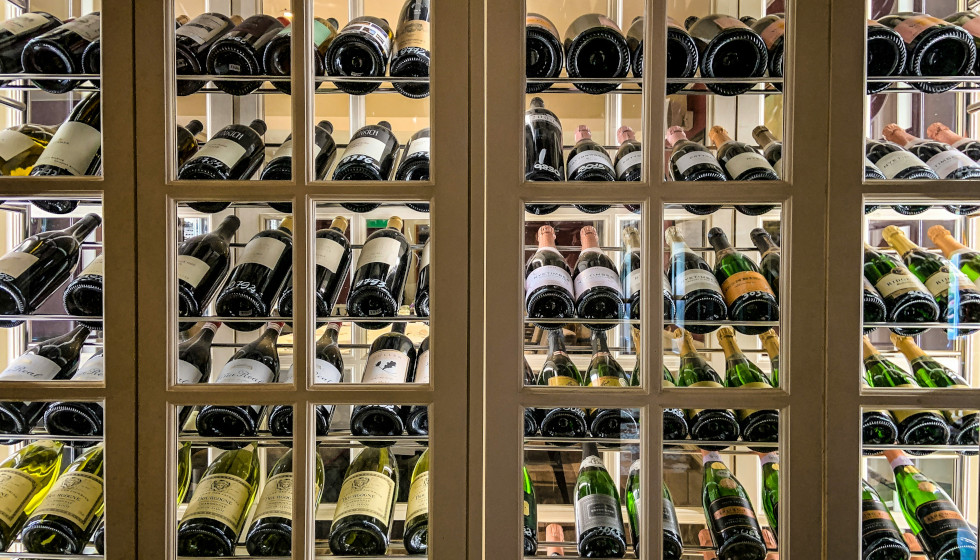How to Build a Wine Cellar
by Hobart Magazine

There’s having a stash of wine bottles, then there’s creating an entire space devoted to them. A wine cellar is the ultimate indulgence, the final boss move, for anyone who considers themselves a true oenophile. A place where your love of wine moves beyond the bottle and becomes part of your home, your own little cellar door.
Location You can’t just put a wine cellar anywhere. It has to be in a cool, dry area of your home with little to no natural light and no vibrations. As long as your wine cellar is properly insulated, it can be placed almost anywhere inside the home, but avoid those wet, bright places.
Space If you have the space and the funds, your wine cellar could be a whole dedicated room, but there’s nothing wrong with utilising a smaller space. A cellar can be built into an unused cabinet, cupboard or pantry, under stairs, or in any nook and cranny that suits. Get creative with it. Bigger ones can be in a garage, under the house, or spare room. This also depends on how many bottles you intend to display. 500 will need their own room, but under a 100 could go in many places. Larger spaces are going to need more intense construction and wiring work, so double check it’s up to code.
Temperature A wine in want of a long life must be kept at a consistent temperature of 12-14 degrees celsius, and a humidity level of 55% to 75%. Anything out of those ranges can be detrimental to the wines. Some people get a cellar conditioner to ensure this – an air conditioner specifically made for cellars that also handles humidity. Most standard air conditioners aren’t designed to handle consistently low temperatures.
Insulation Without the right insulation, you could triple the amount of work your wine cellar conditioner has to do. While it’s tempting to use single-glazed glass in your wine cellar to show off all your bottles, it will not cut it when it comes to insulation. It’s best to go with double glazed glass. That way, the space will be more efficient and last longer.
Ventilation Proper ventilation is also very important. The cellar is almost like a fridge, and so moisture will be produced that will need to be drained off. A floor rain, sink, or condensation pump will help with this.
Racking Corked wine bottles should be stored on their side, keeping the wine in constant contact with the cork. A moist cork remains swollen, preventing air from reaching the wine. This reduces the risk of premature aging through oxidation, which occurs when oxygen reaches the wine, turning it to vinegar. There’s all different kinds of racking to store your wines on, and it depends on your priorities. Do you want to maximise capacity or a pretty display? Do you want a purely functional space, or one to entertain guests? Modern or traditional? Your answers will help you shop.

